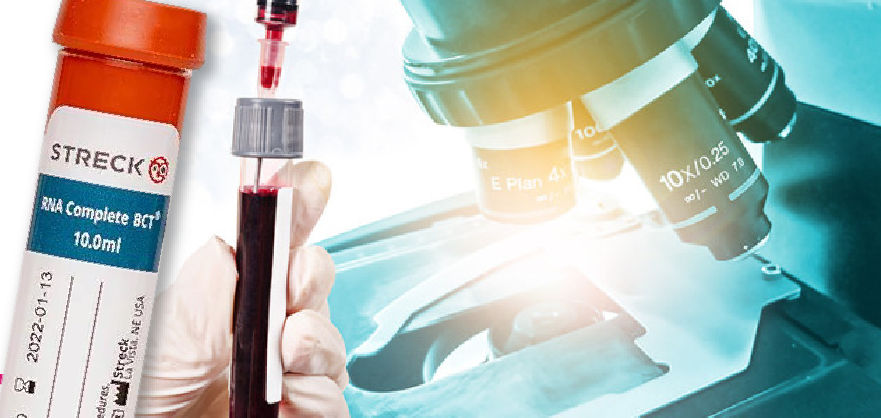6q21
[vc_row][vc_column][vc_column_text] del(6q21) Deletion of the long arm of chromosome 6, is detected more often in lymphoproliferatives syndromes in other hematological malignancies. It can be observed in acute lymphoblastic leukemia (ALL), chronic lymphocytic leukemia (CLL), prolymphocytic leukemia and non-Hodgkin lymphomas (NHL ) (15% of cases, sometimes associated with t(14;18) (q32; q21)). del(6q21) is the most common […]


